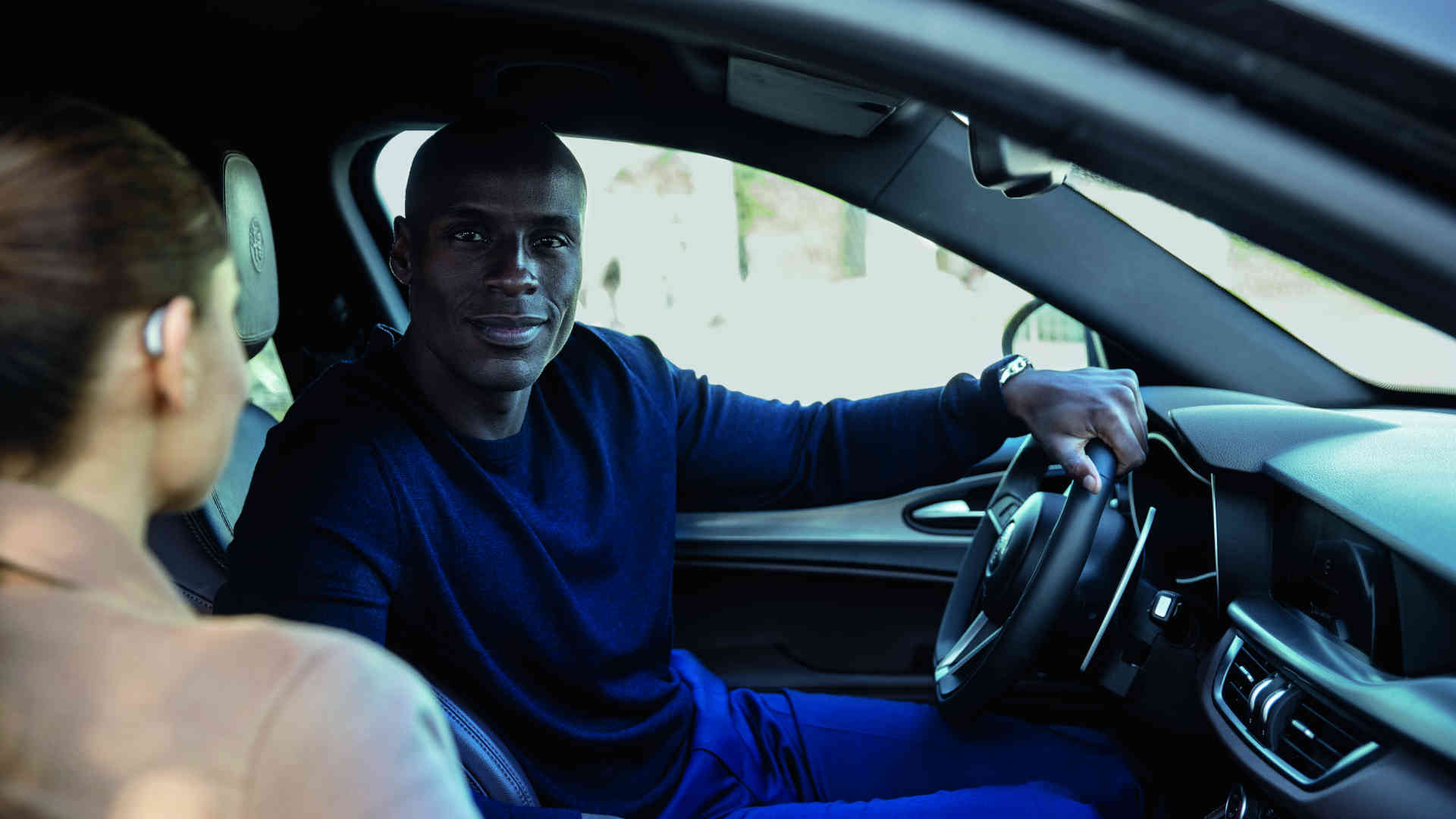
The history of hearing aids – from the hearing trumpet to the tiny device behind the ear
Today’s hearing aids are far from the ones your granddad wore in the 1960s. And they’re certainly nothing like the imaginative hearing solutions of the early 20th century.
Created Updated
How did we go from hearing trumpets to small, advanced devices?
The 17th century: Hello hearing trumpet
The hearing trumpet was the first real hearing device. It was invented in the 17th century, and it looked just like you imagine it would, like a trumpet. But back then there was no amplification or refining of the sound, and the hearing trumpet couldn’t do a whole lot more than collect the sound and bring it into the ear.
The 19th century: Concealing the trumpet
In the 19th century, the hearing trumpet was rethought. Now the design was adorned with intricate engravings, paint and repoussé work to make it more appealing and to help conceal the hearing loss.
The beautiful acoustic headbands called Aurolese Phones were very popular. But there was also the Acoustic Fan, the Audiophone, the Dentaphone, Acoustic Chairs and even the Beard Receptacle. All were made to help those with hearing loss hear better – and to some extent disguise the device that helped them do so.
At the time, hearing loss was inaccurately associated with other disabilities, and that created a huge stigma for those with hearing loss. That’s why a hearing solution that attempted to conceal the otherwise not-so-discreet hearing device was an attractive option.
1898: Enter the electronic hearing aid
In 1876, the telephone was invented. Now you could get an electronically transmitted sound signal from somewhere else. It took a few years, but before the turn of the century the first electronic hearing aid, the Akouphone, was invented in 1898. Sound could now be amplified using electric current.
The Akouphone consisted of a separate microphone, an amplifier, headphones and a big, bulky battery that only lasted for a couple of hours at a time. Unfortunately, this made it very difficult to use. The device was also expensive, so only few people could afford an Akouphone.
1900s: Electronic hearing aids become smaller (but still not so handy)
In the first part of the 20th century, hearing aids became much smaller. Still, you had to wear the amplifier and the batteries around the neck and the microphone was hand-held. So whoever spoke to you could speak directly into the hand-held microphone – much like how a reporter would use a microphone today.
At this point, the microphone’s size corresponded to the person’s hearing loss. So if your hearing loss was severe, you’d have to carry around a pretty large microphone.
1950s: The transistor radio makes hearing aids easy to wear
The next big revolution in hearing aids came in the middle of the 20th century, shortly after the transistor radio was invented. It didn’t take long before hearing aids could be worn above or behind the ear and were a lot easier to take with you. Now hearing aids started to look like the hearing aids we use today, and from the 1960s you could even get hearing aids that sat inside the ear canal.
1990s: Hearing aids go digital (and smaller again)
Until the 1980s, hearing aid technology was analogue. But then things went digital, and hearing aids could now convert an analogue signal, process it digitally, and then send an analogue signal to the user’s ear.
Digitalizing hearing aids made a huge difference for people with hearing loss. The small programmable computer inside the hearing aid could amplify millions of different sound signals very precisely and improve the sound significantly compared to the analogue hearing aid.
Today: Complete connectivity in discreet designs
In this century, hearing aids are smarter than ever, and many of them can also connect to the internet. What that means is they can use the internet to communicate with your smartphone, your phone or your TV, so you can listen to music, take calls and hear the TV directly into your hearing aid – sometimes using an assistive listening device.
Some hearing aids are so smart that they can predict how you want to hear in a situation, based on your previous hearing aid adjustments. And with the Internet of Things (IoT), your connected hearing aids are even able to communicate with your coffee machine or the lighting in your house.
Even though hearing aids can be super small and discreet, today’s hearing aids are powerful little computers. They process sound automatically to give you the best sound wherever you are, adapting to the environment as you move around. They know when you want to hear speech and when you don’t. Some hearing aids even let you tailor your hearing further through apps on your phone.
Hearing aids have come a long way since the hearing trumpet. From simply transporting sound in the 17th century, today’s hearing aids can make millions of calculations to deliver the best listening experience for the wearer. They make a substantial difference to people with hearing loss, and come in many different models, colors and sizes. There are a lot of options out there – and there’s a hearing aid for you too.
Would you like to learn more about different types of hearing aids?
Download our ebooklet: What is a hearing aid

References
www.hear-it.org
www.decibelhearing.com
www.beckerexhibits.wustl.edu
www.ncbi.nlm.nih.gov
www.modernhearing.net